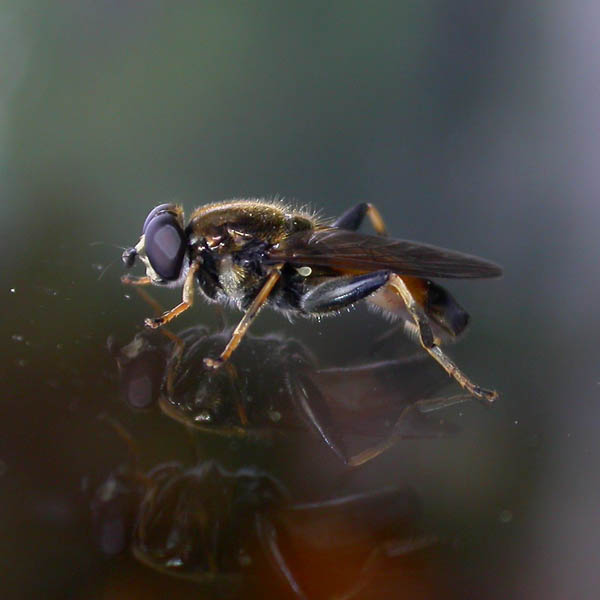Diptera.info :: Family forums :: Syrphidae
|
Xylota segnis, Syrphidae, Hungary, May 2007
|
|
| Xespok |
Posted on 09-12-2007 17:38
|
|
Member Location: Debrecen, Hungary Posts: 5551 Joined: 02.03.05 |
Tropidia scita?
Xespok attached the following image:  [58.24Kb] Edited by Xespok on 10-12-2007 18:08 Gabor Keresztes Japan Wildlife Gallery Carpathian Basin Wildlife Gallery |
| Xespok |
Posted on 09-12-2007 17:40
|
|
Member Location: Debrecen, Hungary Posts: 5551 Joined: 02.03.05 |
Another view.
Xespok attached the following image:  [58.47Kb] Gabor Keresztes Japan Wildlife Gallery Carpathian Basin Wildlife Gallery |
| amalia_raluca |
Posted on 09-12-2007 18:24
|
|
Member Location: Romania Posts: 590 Joined: 22.03.07 |
Xylota tarda in my opinion Amalia |
|
|
|
| Stephane Lebrun |
Posted on 09-12-2007 18:59
|
|
Member Location: Le Havre, France Posts: 8248 Joined: 03.03.07 |
There are ventral spines on f3 (well visible on 1st picture), that speaks for X. segnis.
Stephane. |
|
|
|
| Kahis |
Posted on 09-12-2007 19:39
|
|
Member Location: Helsinki, Finland Posts: 1999 Joined: 02.09.04 |
My vote goes to X. segnis
Kahis |
| Susan R Walter |
Posted on 10-12-2007 14:36
|
|
Member Location: Touraine du Sud, central France Posts: 1802 Joined: 14.01.06 |
Definitely not T scita, which has a spur on the hind femur which would be clearly visible in top picture if that's what it was.
Susan |
| blowave |
Posted on 29-12-2011 19:27
|
|
Member Location: LINCOLN, UK Posts: 3151 Joined: 27.06.07 |
I have to bring this old thread up as I have questions!  I had a male on which the bristles in femur 3 looked much shorter than I see on X. segnis. The keys of Mark van Veen do not state there are no bristles on femur three, the couplet where it separates from X. segnis does state the ventral side of femur 3 is without long bristles but may be covered with scattered short black bristles. The final account for the male X. tarda states for metatars 1 there is a long, white bristly hair hair dorso-apically which reaches to the apical margin of the 2nd tarsal segment. I can see this bristle in the first photo, my male also has it! Surely this is Xylota tarda? Janet http://cubits.org... |
| Jump to Forum: |













